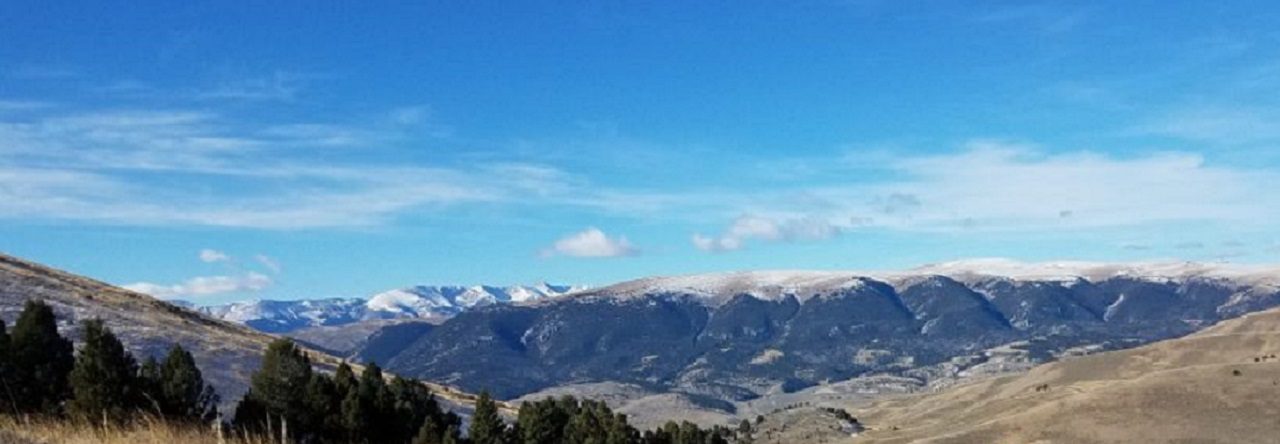I’ve been in Okinawa visiting with my daughter and her family for just over a week now. They have been stationed here since the spring. I haven’t seen her or my granddaughter in a while, so a quick visit before Christmas seemed like a good idea. I have seen some pretty “cool” and amazing things. Things like, they have food on conveyor belts, and you just eat as much and whatever you want. You don’t even need talk to a person to order anything. Kind of a point and click situation. That works really well here because they don’t speak English and I don’t speak Japanese (or Okinawan).
Note to self: must work on the language thing next time when time traveling.
Since coming here to Okinawa, I have spent time discovering and learning a little about the island. With my daughter as guide, we visited some historic places, a little bit of traveling back in time if you will. We visited the Urasoe castle ruins at Kakau ridge (Hacksaw ridge) and the Shurijo castle, site of the former Japanese Naval underground HQ. During the second world war, great battles were fought at these sites. Okinawa has a deep history of it’s own right, which unfortunately, has been clouded some with the events of the last world war. It was quite thought provoking, to visit these ancient castle sites and battlefield memorials in a country where they didn’t win. To see how they wrote the history of what happened, humanizes this opponent from long ago. For me I developed a better understanding of the differences between the two cultures of Imperial Japan and Okinawa. It offers a bit of historical insight you can’t find in a book. It’s sad to think of all of the lost lives when the world degrades to total war. Sigh.
We even climbed a mountain, Mt. Katsu Dake. While not the highest point in Okinawa, Mt. Katsu Dake is an honest climb and provides absolutely amazing 360 degree views of the island. I’m told way better viewing than some of the taller peaks (due to the vegetation). Well worth the trip up, but bring plenty of water and solid hiking shoes. The rocks are both treacherously slick and razor sharp, makes for an interesting combination. Ri, my daughters family dog, had worn pup boots which were totally appropriate for the rock climbing over lava rocks.
We did some of the normal tourist things too with shopping and eating. It was fun exploring the shops and trying different foods and tastes. I like food and flavors. The Okinawa people are some of the nicest and most polite people I have ever met and truly a pleasure to interact with. The cars are little here. It’s okay because they just seem to fit. Most of the cars are small compact cars, but they do have the equivalent of some US cars like the Cube and Toyota’s but they all have little tires which make them seem smaller. Oh and they drive on the “wrong” side of the road. As a new passenger, it’s best to not try to pay attention to traffic, let the driver drive, and just enjoy the scenery. Strangely there is no wood (very little) to speak of on the island, so everything is made of cement, even the wood is made of cement here. The “logs” used in the hiking trail and for railings and fences, they are all cement with a faux wood finish. The houses are smaller here. And concrete. almost all buildings are concrete, concrete block, or some combination. A wood frame house is not a thing on this island. There are some small farms. Most seem little more than communal garden plots really, probably local produce. The locals grow small crops and raise a few cows (probably dairy?). I watched a farmer cutting hay. By hand. And then fork into the back of a little truck. The hay field was less than a half acre. I went to a beach with my daughter and granddaughter and watched the sun rise. Sometime around 1992, I touched the eastern side of Pacific Ocean. This week I touched the western side of the Pacific too.
I do like traveling and exploring. Traveling half way around the world however can be a kick in the head, but once you arrive and get settled, the key is to enjoy. I’m actually on the return trip to home now, in a lay-over in Taiwan. I’m waiting for the big time travel hop to New York. I actually take off from here at about 5:30 pm on 12/23 and land in New York 7:15 pm on 12/23 (I know it’s really like a 15 hour flight). Anyway, the best part of this whole far east adventure was really getting to see my daughter and spend a little bit of time with family. I’m heading home now for Christmas with my girlfriend and the some of the rest of my family. I can’t wait until we can all together again in one country. I love you all.








